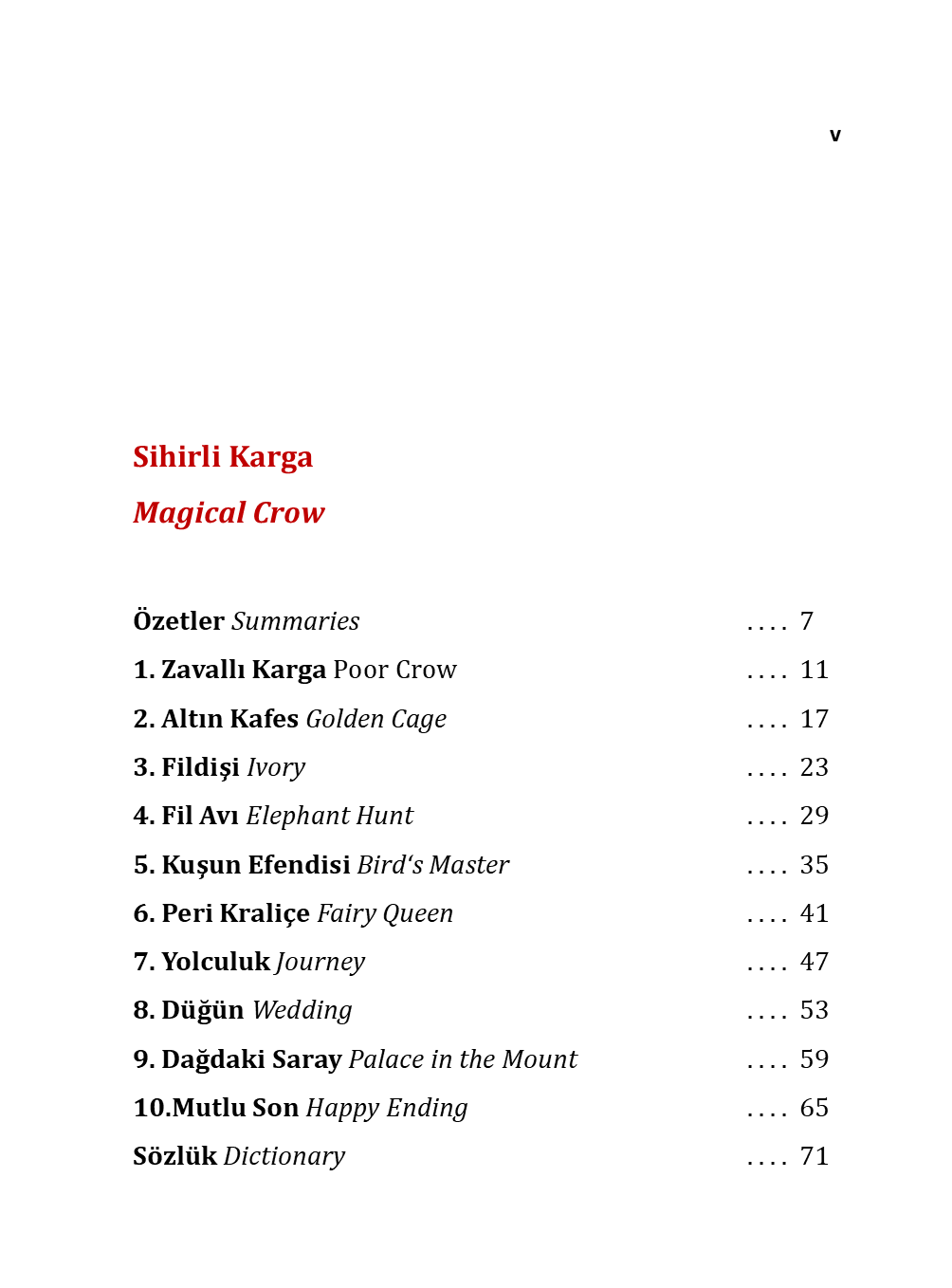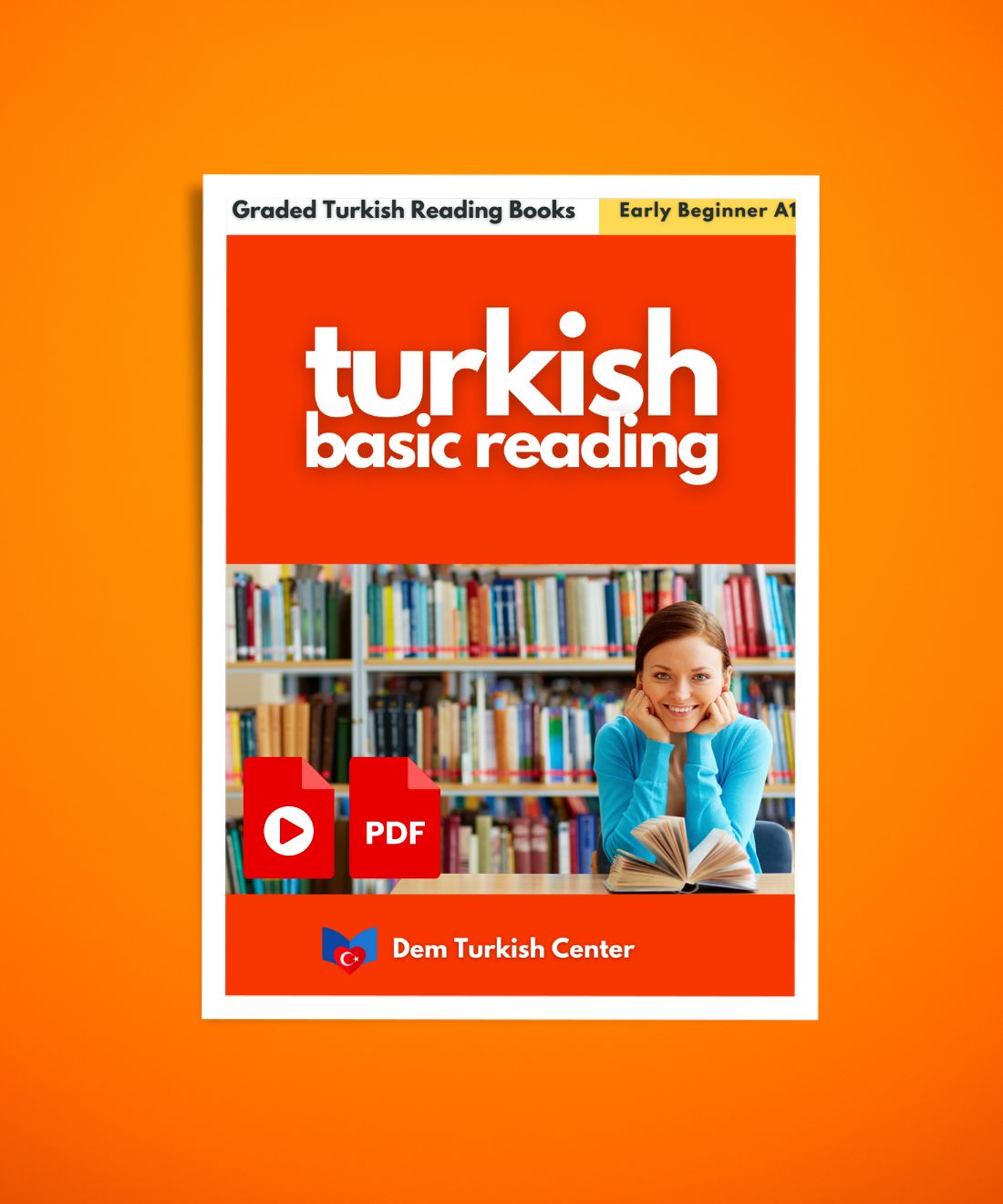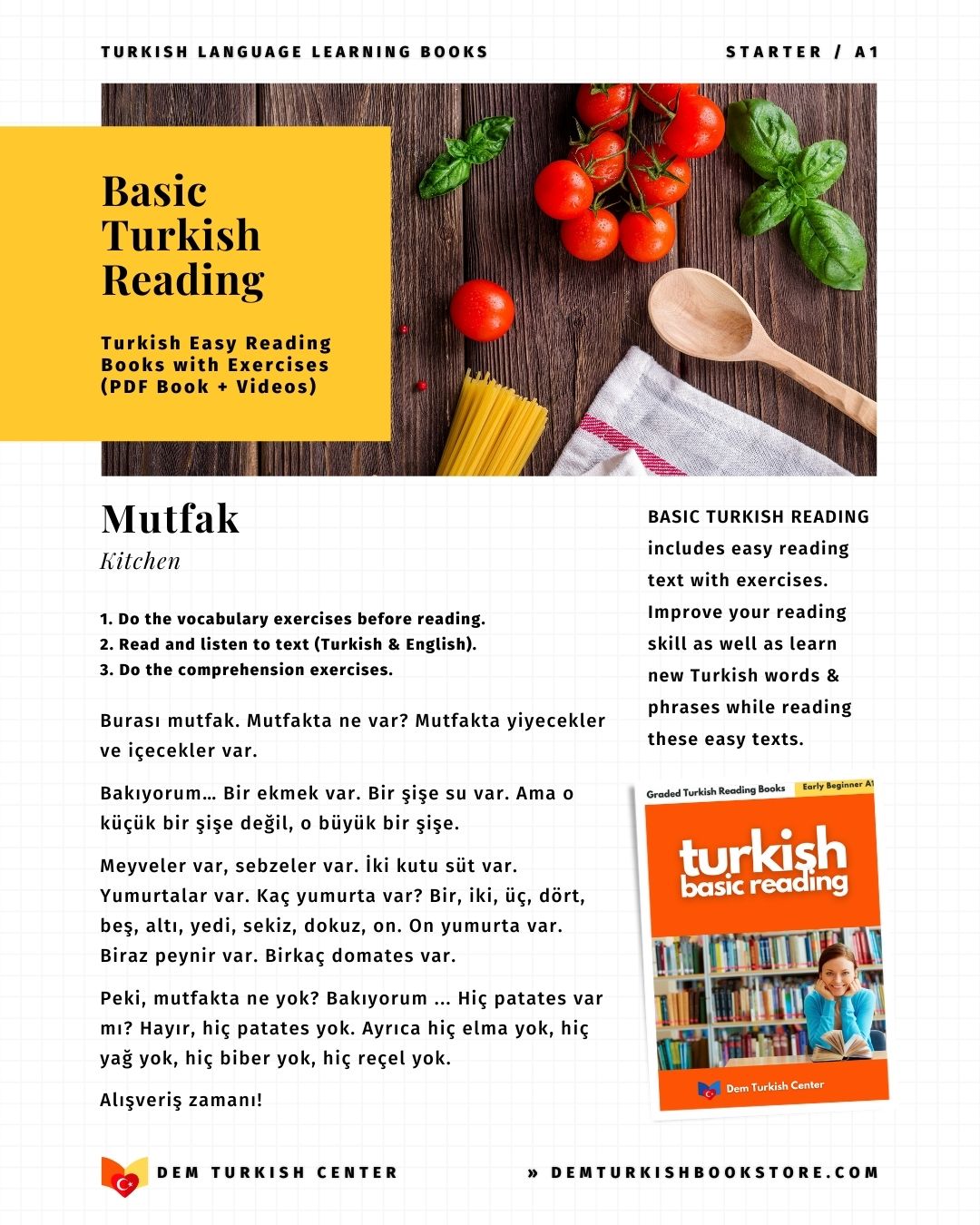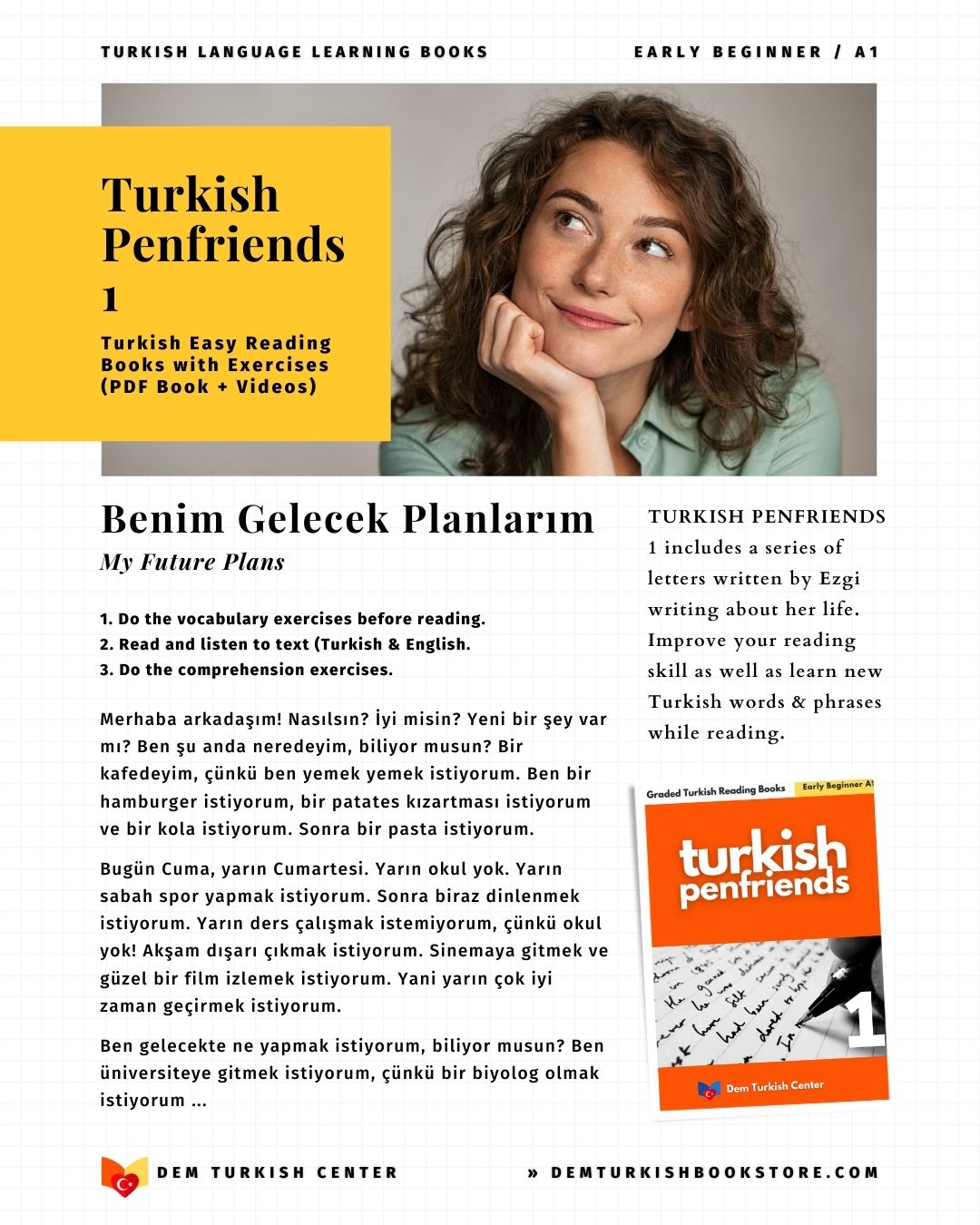
Understanding Turkish Word Order: The SOV Structure Explained
If you're learning Turkish, one of the biggest differences from English is its "Subject-Object-Verb (SOV)"" sentence structure. While English follows "Subject-Verb-Object (SVO)"" ("I eat apples"), Turkish rearranges this to "I apples eat" (Ben elma yerim).
In this guide, we’ll break down how Turkish word order works, common patterns, and tips to master this essential grammar rule.
WORD ORDER IN TURKISH LANGUAGE
1. The Basics of SOV Structure
Turkish sentences typically follow this order:
Subject + Object + Verb
Examples:
- English (SVO): "She reads a book."
- Turkish (SOV): "O bir kitap okuyor." (She a book reads.)
Download Turkish language courses for self-study
2. Where Do Other Sentence Elements Go?
While the core structure is SOV, modifiers like adjectives, adverbs, and postpositions fit into specific places:
A. Adjectives → Before Nouns
- Güzel bir ev (A beautiful house)
- Büyük bir köpek (A big dog)
B. Adverbs → Usually Before the Verb
- Yavaş konuş. (Speak slowly.)
- Hemen gel. (Come immediately.)
C. Time & Place → Flexible, Often Early in the Sentence
- Biz yarın sinemaya gideceğiz. (Tomorrow, we will go to the cinema.)
- Ben evde kitap okuyorum. (I am reading a book at home.)
Download Turkish language lessons for self-study
3. Exceptions & Flexible Word Order
Turkish is not always strict with SOV. Emphasis and context can change word order:
A. Emphasizing the Subject
- Normal Ahmet pasta yedi. (Ahmet ate the cake.)
- Emphatic Pastayı Ahmet yedi. (It was Ahmet who ate the cake.)
B. Questions
- Normal Sen kitap okudun. (You read a book.)
- Question Kitap okudun mu? (Did you read a book?)
C. Poetry & Stylistic Choices
In literature or songs, word order can shift for rhythm:
"Geldi bahar, açtı çiçekler." (Spring came, flowers bloomed.)
4. Common Mistakes English Speakers Make
- Ben okuyorum kitap. (Incorrect – Verb should be last.)
- Ben kitap okuyorum. (Correct – "I read a book.")
- O çok hızlı koşuyor. (Too English-like; correct but sounds unnatural.)
- O çok hızlı koşuyor. (Still correct, but "Çok hızlı koşuyor." is more natural.)
5. Tips for Mastering Turkish Word Order
- Think in reverse (Subject → Object → Verb).
- Listen to native speakers (TV shows, podcasts, conversations).
- Practice with simple sentences before adding modifiers.
- Use flashcards with SOV examples.
Turkish word order might feel strange at first, but with practice, SOV will become natural. Start with basic sentences, then gradually add complexity.
Did you find this guide helpful? Let us know in the comments!














